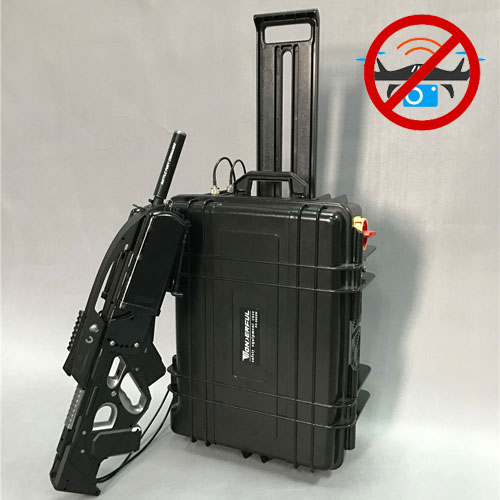GPS spoofing At present, under normal circumstances, most consumer drones will prefer GPS navigation for flight control, while civilian GPS signals are unencrypted, which leaves usable space.
The main principle of GPS spoofing is to send false geographic coordinates to the UAV's control system to control the navigation system and induce the UAV to fly to the wrong place. The GPS signal can be generated by a generator, or it can be recorded and replayed in advance. Since the GPS signal received by the drone is always based on the signal source with the strongest signal, as long as the strength of the artificial GPS signal on the ground is strong enough, it can cover the real GPS signal from space, thereby deceiving the drone. GPS receiver module.
Currently, various countries have set up no-fly zones in the core areas. Many drone manufacturers have set them in the built-in firmware of the drones. In the no-fly zone, the drone cannot take off, even if it reaches the no-fly zone. Automatic landing. Therefore, as long as the artificial GPS signal on the ground simulates the geographic location as the coordinates of the no-fly zone, it can force the drone to land by itself.

Radio hijacking Now, most of the control signals used by drones are in conventional civilian frequency bands such as 1.2GHz, 2.4GHz, and 5.8GHz. With the rapid development of open source hardware such as Arduino and Raspberry Pi, and the popularity of software radio (SDR) technology, drone jammer common Fans can also use the hardware purchased from the Internet and the software source code obtained from the forum to simulate the remote control to send control signals to the drone, and cover the signal of the real remote control to gain control of the drone.
Hacking technology Many drones are directly used for interaction with Wi-Fi in order to facilitate users to use mobile devices such as mobile phones and tablets to control. In this way, some hacking techniques that are already mature in the Internet can be directly applied to drones.
